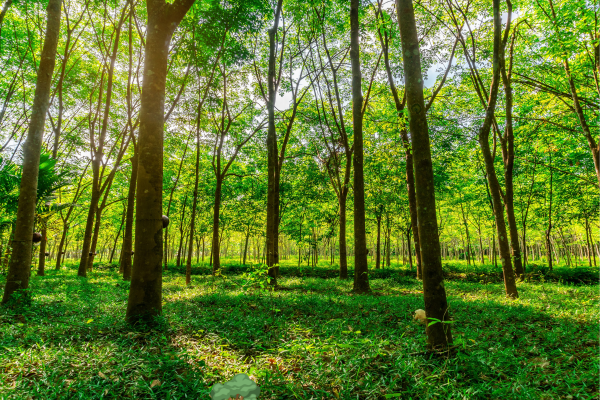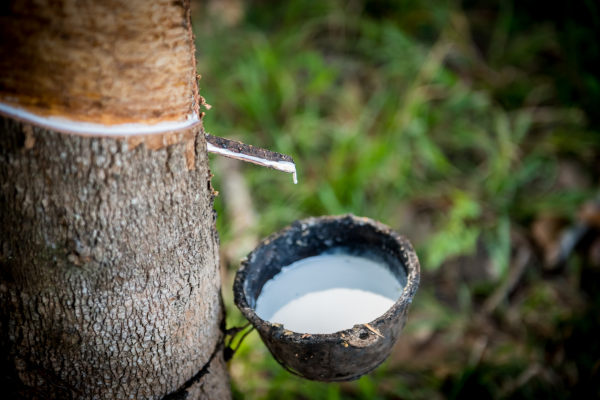The Growth and Challenges of the Sri Lankan Rubber Industry – By Malsha – eLanka

Introduction
Sri Lanka’s rubber industry, with its roots tracing back to the early 20th century, stands as a vital segment of the nation’s agricultural and industrial landscape. Known for producing high-quality natural rubber, Sri Lanka has carved a niche in the global market, contributing significantly to the country’s economy. This article delves into the history, current status, and future prospects of the Sri Lankan rubber industry, while also addressing the challenges it faces.
Historical Background
The rubber industry in Sri Lanka began in 1876 when the first rubber plant was introduced from the Royal Botanic Gardens, Kew, London. The plantation sector flourished, with rubber becoming a major export commodity alongside tea and coconut. By the mid-20th century, Sri Lanka had established itself as a key player in the global rubber market.
Current Status
Today, the Sri Lankan rubber industry encompasses a wide range of activities from cultivation and tapping to manufacturing and exporting finished goods. The country produces both natural rubber (latex, ribbed smoked sheets, and crepe rubber) and a variety of value-added products such as tires, gloves, and industrial components.
- Production: Sri Lanka is known for high-quality natural rubber, particularly latex, which is used in the production of medical gloves and other hygienic products.
- Export Market: The European Union, the United States, and Japan are some of the major markets for Sri Lankan rubber products. The industry’s exports are a significant source of foreign exchange earnings.
- Employment: The sector provides employment to a substantial portion of the rural population, directly in plantations and indirectly in processing and manufacturing sectors.

Challenges
Despite its historical success, the Sri Lankan rubber industry faces several challenges that threaten its sustainability and growth:
- Land and Labor Issues: There is a limited availability of land for expansion, and the industry often struggles with labor shortages, particularly skilled tappers.
- Aging Plantations: Many rubber trees in Sri Lanka are old and less productive. Replanting efforts are necessary but costly.
- Climate Change: Adverse weather conditions, including prolonged droughts and heavy rains, have affected rubber yields.
- Global Competition: Competing with larger producers like Thailand, Indonesia, and Malaysia, Sri Lanka must constantly innovate and improve efficiency to maintain its market share.
Future Prospects
To sustain and grow the rubber industry, several strategic initiatives are necessary:
- Replanting and Modernization: Investing in replanting with high-yielding clones and modernizing processing facilities can boost productivity.
- Value Addition: Focusing on producing more value-added products rather than exporting raw rubber can increase profitability.
- Research and Development: Enhanced R&D efforts can lead to innovations in rubber cultivation and processing technologies.
- Sustainability Practices: Implementing sustainable agricultural practices can help mitigate the impacts of climate change and ensure long-term viability.
Conclusion
The Sri Lankan rubber industry, with its rich history and significant economic contribution, stands at a crossroads. Addressing the existing challenges through strategic initiatives and modernization efforts can help the industry not only survive but thrive in the global market. The future of Sri Lanka’s rubber industry lies in balancing tradition with innovation, ensuring sustainable growth for generations to come.







